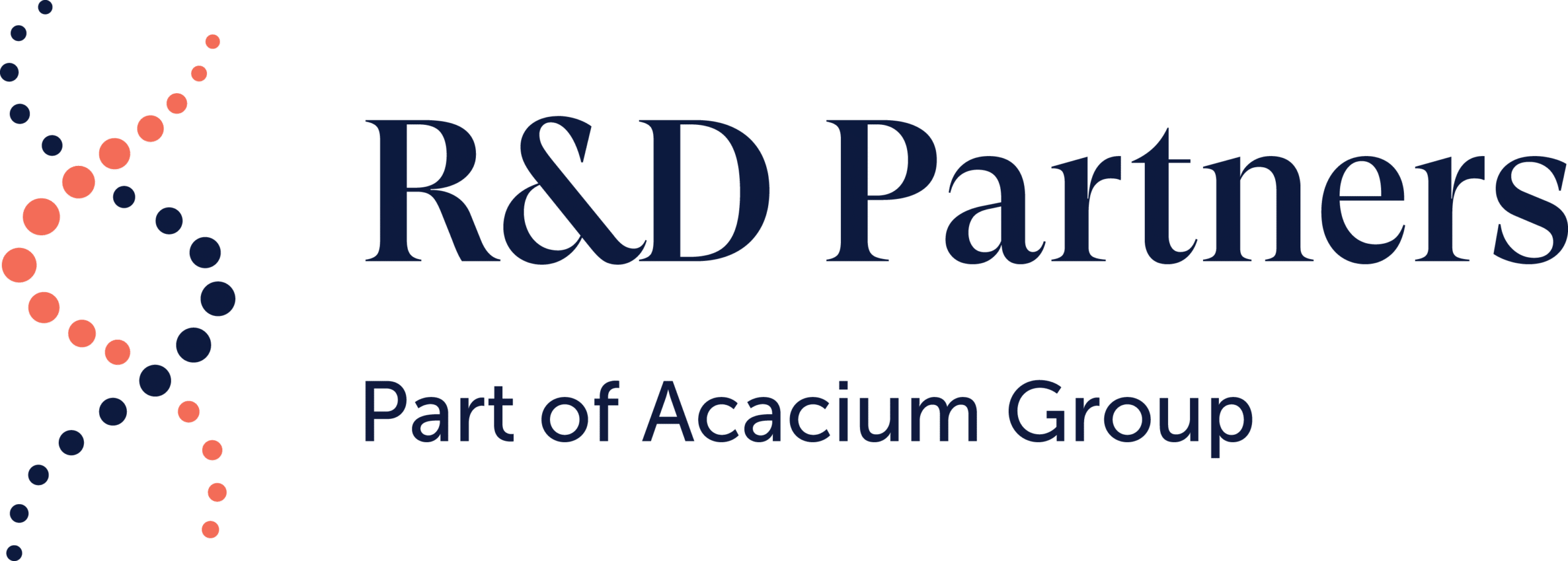THE STUDY compares alcohol-dependent brains and non-dependent brains of rats.
THE OBSERVATIONS showed two different brain signaling pathways when the rats were given alcohol. Both pathways led to the central amygdala (CeA) increasing its activity in the mice.
THE TWO PATHWAYS are caused by “a switch in the molecular mechanisms underlying the CeA’s response to alcohol (from LTCC- to CRF1-driven) as the individual transitions to the alcohol-dependent state,” (Roberto).
NON-DEPENDENT rats followed the L-type voltage-gated calcium channel (LTCC) pathway as their neuronal activity increased. When LTCC pathway was blocked, voluntary alcohol consumption was reduced
ALCOHOL DEPENDENT rats found neuronal activity disrupted in LTCCs and increased in corticotropin-releasing factor (CRF) and its type 1 receptor (CRF1). When the CeA CRF1 pathway was blocked, voluntary alcohol consumption was reduced.
THE POTENTIAL for greater understanding and treatment of alcohol dependence is further increased from this study. By identifying the proper mechanism and pathway causing the dependency, more targeted treatments can be implemented.
THE SCIENTISTS Professor Marisa Roberto was the senior author and lead scientist. The cellular and molecular experiments were led by TSRI Research Associate and study first author Florence Varodayan. The behavioral tests were conducted by TSRI Research Associate Giordano de Guglielmo in the lab of TSRI Associate Professor Olivier George.
The findings were published recently online ahead of print in The Journal of Neuroscience.
For More Science News Click Here
